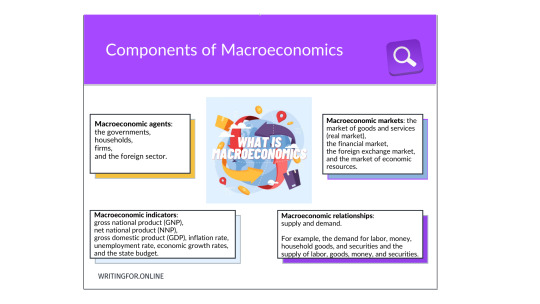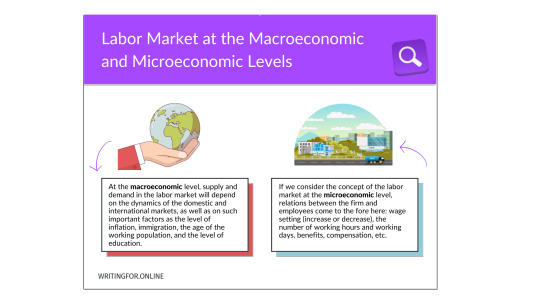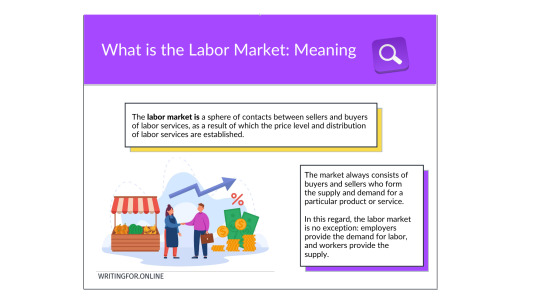Text
0 notes
Text
What Is Storytelling and Why Is It Important?
Several people are sitting around the fire. Each of them tells a fascinating story about incredible events, brave heroes, great love, suffering, and unbearable grief. The narrator is focused and immersed in the world of the heroes of the story. All you can hear is his voice and the crackling of the fire.
This is the picture that appears in our heads when we hear the word “storytelling”. Only in our time, this picture has changed a lot. If earlier stories were transmitted by one person to another or several people orally, now the sources of stories are the Internet, books, television, films, and TV series.
Definition
Translated, “storytelling” literally means “telling stories.” It is a way to create empathy and establish an emotional connection with your audience.
Through stories and fairy tales, we learn about the social and cultural activities of people. This is a unique way of simply transmitting experience, cultural and moral values, norms of behavior, and a way of teaching these norms of behavior.

Storytelling is not about telling a story, it is about the interaction between the storyteller and his listener or listeners. This is what differentiates storytelling from, for example, theatrical performance. There are no barriers between the narrator and the listener. The storyteller and his story can directly influence people.
0 notes
Text
What Is Perfect Competition in the Market?
The market of perfect competition is an ideal model and therefore is extremely rare. With large assumptions, the stock market and the market for agricultural products can be attributed to the market of perfect competition.
But, despite the apparent ideality, the market of perfect competition has both advantages and disadvantages.
The advantages of the perfect competition are:
The biggest advantage is the achievement of market equilibrium, when there is no shortage and surplus of goods.
In addition, striving to maximize profits, firms approach the issue of using economic resources very carefully and scrupulously: they compare their marginal costs and marginal revenue, and find the most efficient volume of production and the optimal use of resources.
The flexibility of a perfectly competitive market. When consumer preferences change, the firm immediately adapts to new conditions or leaves this market and moves to the segment where its efforts are more needed by society.
The market of perfect competition is capable of self-regulation and can function without government intervention.
But in addition to all the above advantages, the market of perfect competition has several disadvantages:
Small firms. Such firms usually seek to minimize costs and save on innovative developments and research.
Small firms cannot take advantage of the economies of scale that larger firms have.The company has the opportunity to leave this market at any time, so there is no need to think about tomorrow.
There are no entry and exit barriers. It leads to the fact that it is not always possible to use the necessary measures of public regulation in the form of environmental protection or product quality assurance.
Since the goods presented in the market of perfect competition are standardized and homogeneous, the consumer cannot satisfy all the variety of his needs.
1 note
·
View note
Text
1 note
·
View note
Text

Monopolistic competition is a type of industry market in which many enterprises sell differentiated products (unique in their industry and have some qualities that consumers value), as well as exercise control over the price of the goods they produce.
4 notes
·
View notes
Text

2 notes
·
View notes
Text

Non-price competition is a method of competing not by price, but by the product itself: its quality, technical characteristics, packaging, and advertising.
The purpose of non-price competition is to organize the production of new types of products, expand the range, improve and update products, find ways to improve product quality and reliability, and its appearance, change payment terms, and improve marketing techniques.
Non-price competition minimizes price as a consumer demand factor by highlighting goods and services through promotion, packaging, delivery, service, availability, and other marketing factors.
The more unique the product (from the consumer perspective), the more freedom marketers have to set prices higher than competing products. Each of the firms in the market strives to maintain its market share.
0 notes
Text
What Is Microeconomics
Microeconomics is a branch of economic theory that studies the activities of individual economic entities.
On the one hand, the science of microeconomics explains how decisions are made by individual economic entities. On the other hand, it studies the interaction of economic entities in the process of formation of industry markets.

What Does Microeconomics Study?
The subjects of study of microeconomics are economic categories, laws, principles, and models of efficient use of limited resources by subjects of microeconomics to achieve their maximum satisfaction of needs and interests, as well as to obtain benefits.
In addition, microeconomics studies the behavior and choice of economic agents in the process of production, distribution, exchange, and consumption of goods and services in conditions of limited resources.
0 notes
Text
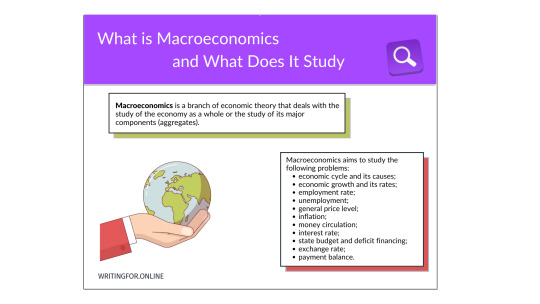
What Is Macroeconomics?
0 notes
Text
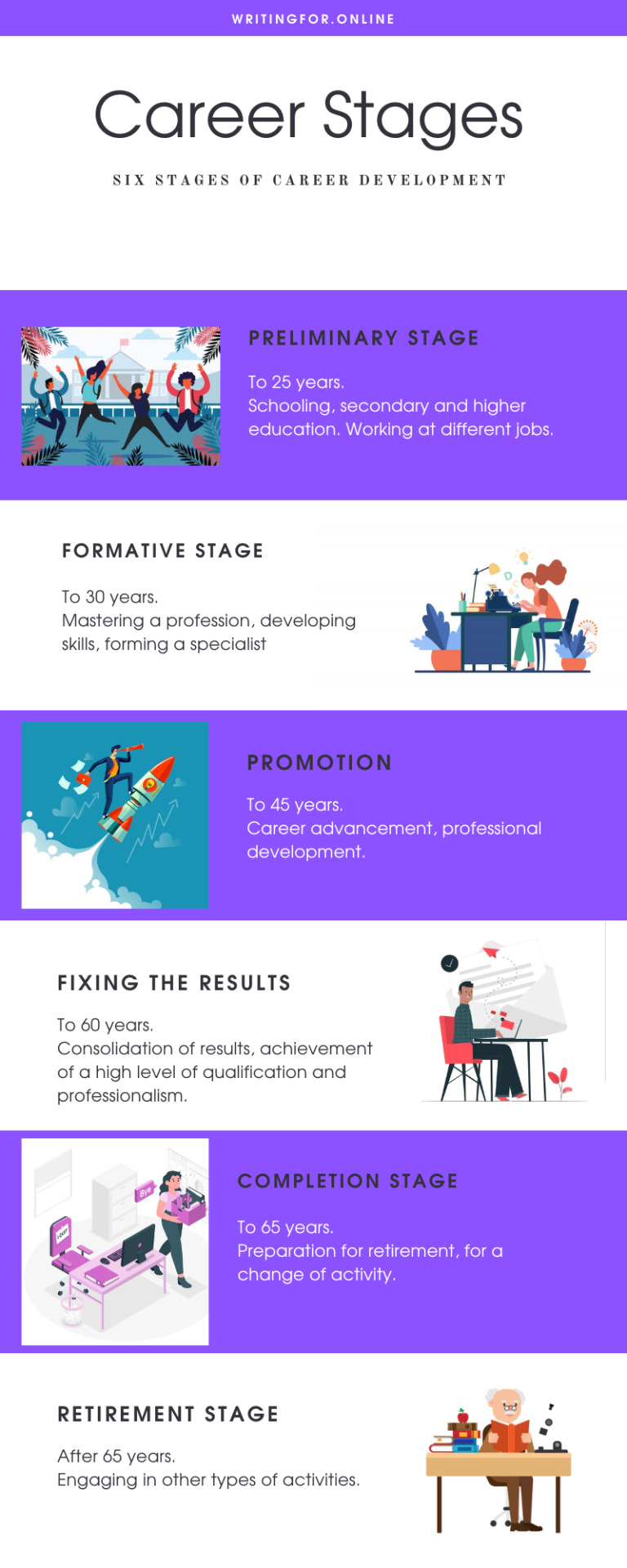
1 note
·
View note
Text
Stages of Career Development
A career is a process of professional, socio-economic development of a person, expressed in his advancement through the levels of qualifications, statuses, remuneration, and the positions occupied at these levels fixed in a certain sequence.
To plan, develop and manage your career, you need to understand what stages of professional development exist, and what happens to a person at each of them.
Career stages are certain segments of an employee’s working life in any field of activity, during which a person achieves his goals and satisfies current needs.
These goals and needs will be different at each stage. Relationships between career stages and needs are shown in the table below.
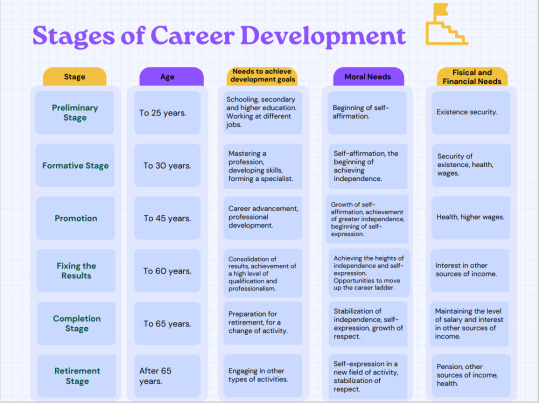
0 notes
Text
Linear and Non-Linear Career

According to the nature of the course, linear and non-linear types of careers are distinguished.
With the linear type, career development occurs evenly and continuously, while the non-linear type is career movement in jumps or breakthroughs.
As a special case, one more type can be distinguished. It is stagnation (dead end), as a stage of the absence of any significant changes in a career.
0 notes
Text
Professional and Intra-Organizational Career
According to the environment, careers are traditionally divided into professional and intra-organizational.
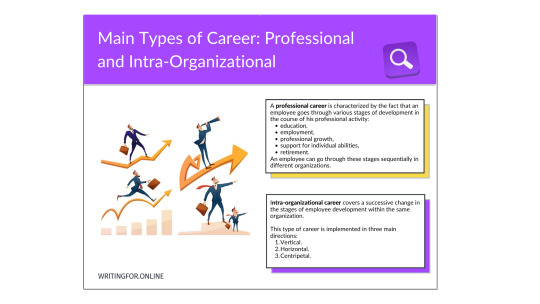
0 notes
Text
What Is a Career: Definition

The concepts of “career” and “career growth” are synonymous. A career is usually defined as moving forward and upward, and career growth is a constantly unfolding process of planned and directed actions to achieve life goals and realize personal employment.
Career growth is the result of individual career planning and the organization’s provision of employee support to realize his potential. Ideally, this is a process of cooperation.
Career growth can be divided into:
Horizontal. These are qualitatively new duties and projects, which allow you to expand your professional horizons.
Vertical career growth is the transition to the next step of the career ladder.
1 note
·
View note
